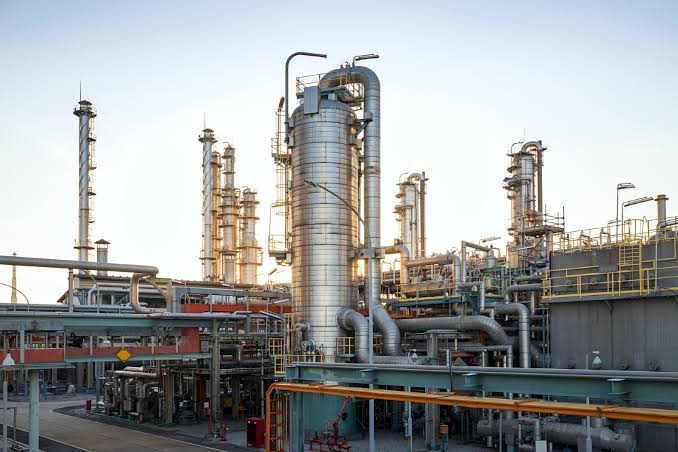A so-called linear economy is a dead-end system. Raw materials are made into products, products are consumed and, when they have outlived their usefulness, disposed of.
Economist Ahmed el-Shami defines the concept of a circular economy.
“Raw materials and products are kept in circulation through maintenance, re-use, refurbishment, recycling and composting,” el-Shami said.
“This is a system in which materials never become waste. Instead, the environment is conserved and greenhouse gas emissions are reduced, el-Shami added.
The Integrated Sustainable Energy Strategy for 2035 (ISES 2035), approved by the cabinet in 2016, sets goals regarding the energy mix, which by 2035, two-fifths of Egypt’s energy supply will be generated from renewable sources, 3 per cent from nuclear and the remainder from fossil fuels. ISES 2035 is also aimed at reducing energy demand by 18 per cent by 2035 by increasing efficiency.
In May 2022, Minister of Environment Yasmine Fouad announced the National Climate Change Strategy 2050 (NCCS 2050), of which the main objectives are sustainable economic growth, reduced pollution, promotion of renewable energy, research and development in green technology, production of energy from waste, and the uses of alternative energy forms like green hydrogen.
The Environment Ministry also launched the Post-Consumer Plastic Waste Pact in early 202, whereby businesses pledged to create a circular economy for plastics.
“The integration of circular economy into national policy is likely to be of great benefit not just economically and environmentally, but also socially,” el-Shami commented.
“The shift towards circularity is expected to improve public health with improved air quality and less pollution, not to mention job creation in waste management and recycling,” el-Shami said.
Says economist Hani Tawifq: “The shift towards the circular economy will greatly benefit the environment. The air will be more breathable and emissions will be seriously reduced as burning waste and open dumps will be a thing of the past.” “Further greenhouse gas reductions are expected in the cement, fertiliser, iron and steel industries while and plastics will be made from recycled materials,” Tawfik told this newspaper.
The circular economy rests on three bases: the use of renewable inputs, maximisation of product use, and recovering production waste, leading to a responsible management of resources. The current linear economic model depletes resources and harms the environment. Therefore, the shift to a circular economy is crucial for environment conservation and climate change mitigation.
Another important initiative is the replacement of petrol-driven vehicles to those that run on natural gas, Tawfik said.
“This would increase energy efficiency and reduce fuel consumption by 60 per cent and emissions since natural gas is cleaner than petrol,” he said.
“A vehicle over 20 years old can, according to certain conditions, be replaced by a gas-fuelled car. To date, 20,000 older vehicles have been scrapped and replaced,” he added.
In recent months, several agreements have been made with international alliances to produce green hydrogen and its derivatives in the Suez Canal Economic Zone (SCZone), which will become a global centre for its production, Tawfik said.
The latest of these was a preliminary agreement signed on 9 August with the Indian renewable energy company Ocior to invest $4 billion in green hydrogen projects in the SCZone.






Discussion about this post